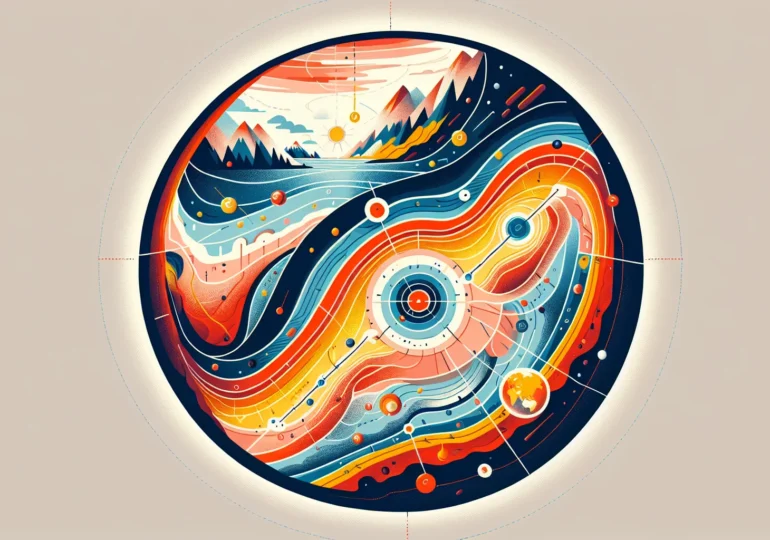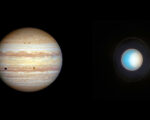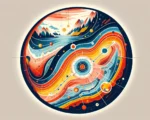Super Blue Moon: Everything You Need to Know About This Rare Celestial Event
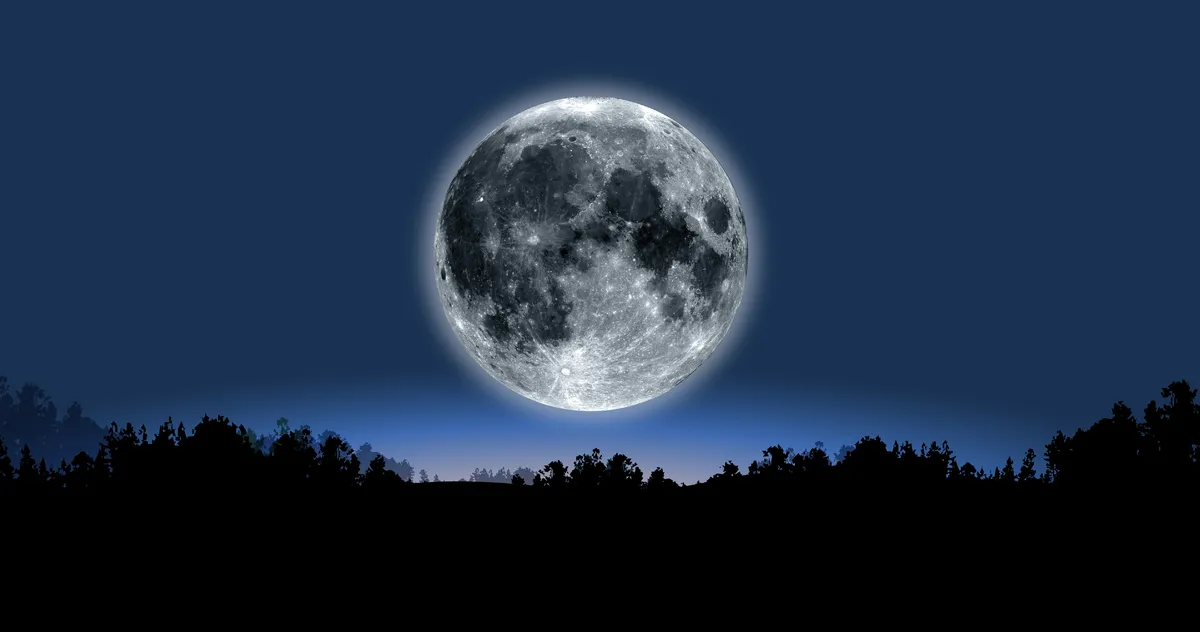
The Rare Super Blue Moon Returns After Nearly a Year, Last Seen
Understanding in 2024 Super Blue Moon
The Super Blue Moon of August 19, 2024, captivated skywatchers around the globe, marking a rare and much-anticipated celestial event. Occurring nearly a year after the previous Blue Moon on August 30, 2023, this phenomenon drew attention for its unusual name and infrequent appearance. While many might expect a dramatic visual spectacle based on the name, a Super Blue Moon doesn’t necessarily involve a moon that is blue or visibly distinct from a regular full moon. To appreciate the true nature of this event, it’s important to break down what terms like “Supermoon” and “Blue Moon” actually mean in astronomical terms.
What is a Supermoon?
A “supermoon” occurs when a full moon coincides with the Moon’s closest approach to Earth in its elliptical orbit, a point known as perigee. When the Moon reaches or is near this closest point, it appears slightly larger and brighter in the night sky than usual. However, this difference is subtle. While a supermoon can appear up to 14 percent larger and 30 percent brighter compared to when it is at its farthest point, or apogee, most casual observers may not notice the size increase unless they are closely familiar with the Moon’s usual appearance. Nonetheless, a supermoon often offers a beautiful and slightly enhanced view for those who enjoy skywatching.
What is a Blue Moon?
Contrary to what the name suggests, a “Blue Moon” doesn’t refer to a change in the Moon’s color. Instead, the term has evolved over time to refer to the second full moon in a single calendar month or the third full moon in a season that has four full moons, rather than the typical three. Since full moons occur approximately every 29.5 days, a Blue Moon is a relatively rare event, happening once every two to three years. The term “blue” in this context is more about rarity than color, similar to the phrase “once in a blue moon.”
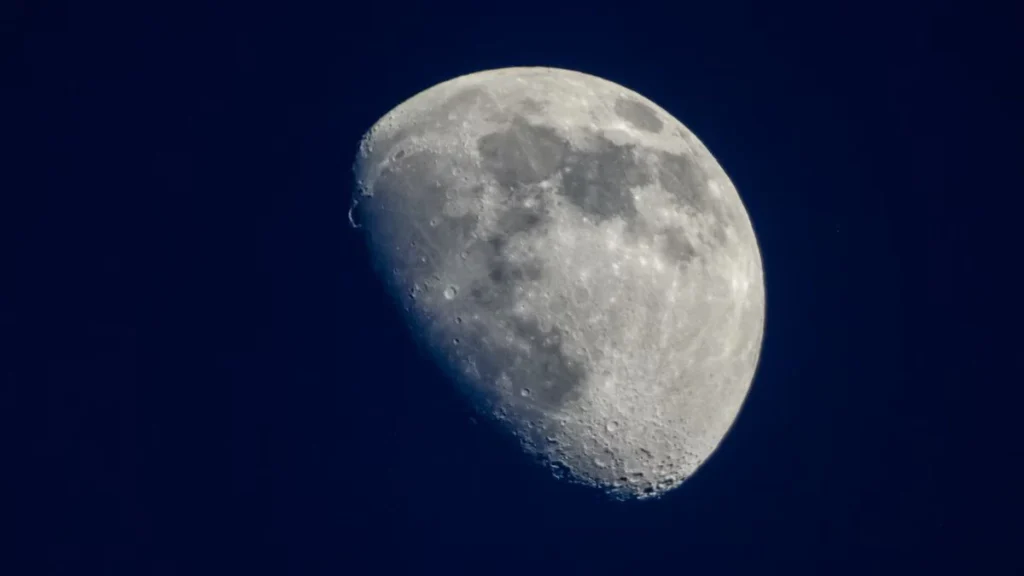
Why is it Called a Super Blue Moon?
Combining these two phenomena, a “Super Blue Moon” is both a supermoon and a Blue Moon at the same time. This is a rare occurrence because both events must align, making the August 2024 event particularly special for astronomy enthusiasts. While the visual differences between a Super Blue Moon and a typical full moon may not be dramatic, the alignment of these celestial factors provides a unique moment in time, connecting the rhythms of our calendar with the dynamics of the Earth-Moon system.
Observing the Super Blue Moon
For those who managed to catch a glimpse of the August 2024 Super Blue Moon, the sight was more about appreciating the knowledge and context behind the event than seeing a startling visual change in the sky. The Moon, slightly larger and brighter than usual, hovered majestically in the night sky, offering an enhanced view for anyone gazing upwards. The subtle difference in size and brightness could be best appreciated when comparing photographs taken during a supermoon and a regular full moon, highlighting the Moon’s proximity to Earth.
The Science Behind the Hype
While the term “Super Blue Moon” might sound sensational, the event is rooted in predictable and well-understood astronomical phenomena. It serves as a reminder of the intricate dance between celestial bodies and how these movements can align to create rare and fascinating events. Such occurrences provide opportunities for amateur astronomers, educators, and the general public to engage with science, learn more about the universe, and marvel at the natural world.
Looking Ahead to Future Lunar Events
As the August 2024 Super Blue Moon becomes a memory, skywatchers can look forward to future lunar events, each with its own set of unique characteristics. The next Blue Moon or supermoon might be a few years away, but the night sky always has something to offer. With a better understanding of terms like “supermoon” and “Blue Moon,” observers can set their expectations accurately and fully enjoy these astronomical wonders.




